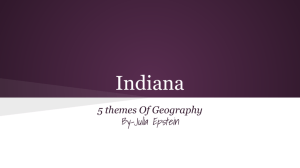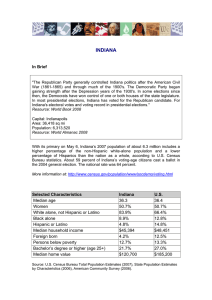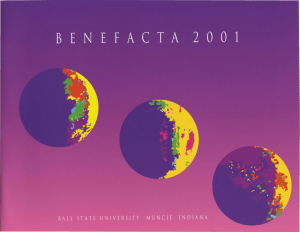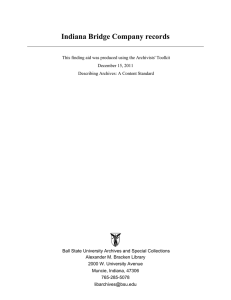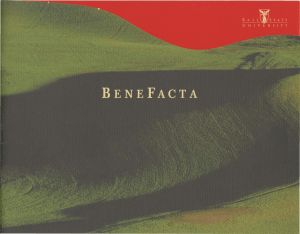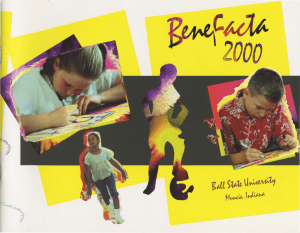ABSTRACT
advertisement
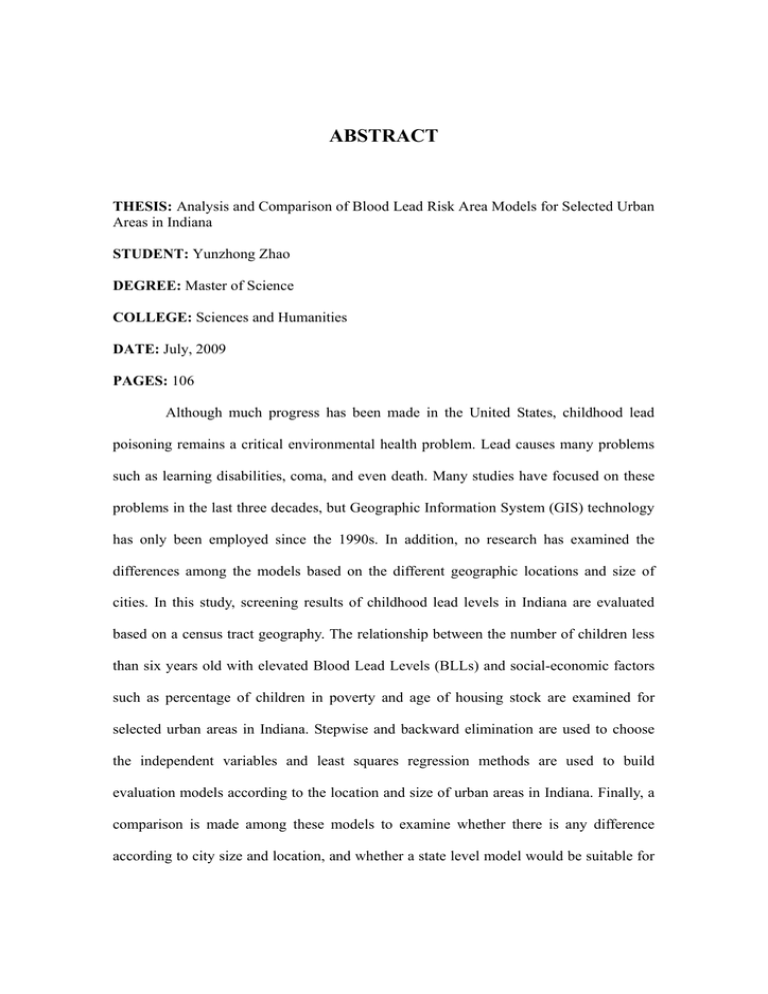
ABSTRACT THESIS: Analysis and Comparison of Blood Lead Risk Area Models for Selected Urban Areas in Indiana STUDENT: Yunzhong Zhao DEGREE: Master of Science COLLEGE: Sciences and Humanities DATE: July, 2009 PAGES: 106 Although much progress has been made in the United States, childhood lead poisoning remains a critical environmental health problem. Lead causes many problems such as learning disabilities, coma, and even death. Many studies have focused on these problems in the last three decades, but Geographic Information System (GIS) technology has only been employed since the 1990s. In addition, no research has examined the differences among the models based on the different geographic locations and size of cities. In this study, screening results of childhood lead levels in Indiana are evaluated based on a census tract geography. The relationship between the number of children less than six years old with elevated Blood Lead Levels (BLLs) and social-economic factors such as percentage of children in poverty and age of housing stock are examined for selected urban areas in Indiana. Stepwise and backward elimination are used to choose the independent variables and least squares regression methods are used to build evaluation models according to the location and size of urban areas in Indiana. Finally, a comparison is made among these models to examine whether there is any difference according to city size and location, and whether a state level model would be suitable for the selected urban areas. The results show that backward elimination is a better way to select the independent variables in most of the models. The census tracts with high value of residuals are located in the outer periphery of most urban areas. For some models, the residuals are lower in the census tracts with a high ratio of children screened. The results also manifest that some of the same parameters exist in the models of the same urban size or location in Indiana and geographic factors could be potential elements in building model for children’s EBLLs. None of the models have exactly the same parameters. In addition, the comparison shows that the state model is not as accurate as the urban area models. How to balance the weakness of both state model and urban area model could be an extension for further study.




